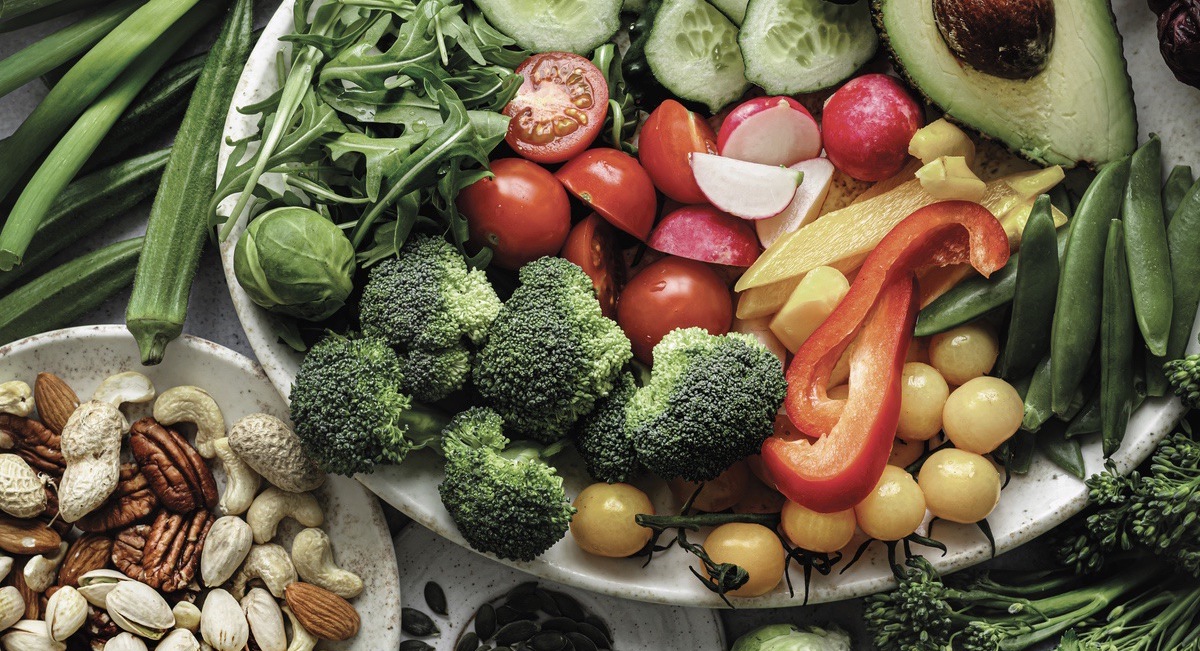The National Council on Aging (NCOA), in its April article on older adults’ unique nutritional needs for health excellence, sites their choice of 8 superfoods.
“The term (superfoods) refers to whole, minimally processed foods that are nutrient dense. Most superfoods are plant-based, but not all.” The NCOA continues, “What’s one of the secrets to aging well? It starts with the foods we put on our plate every day. A balanced diet, filled with superfoods, can help older adults maintain healthy cognitive (thinking process) function and strong bones, and even prevent chronic (long-lasting) disease.” These foods contain healthy vitamins, fats, minerals, antioxidants and other compounds that have been found to promote good health and prevent illness and disease. Most are plant-based, but certain dairy and fish products may be considered here also. Two of the below listed superfoods, *blueberries and *avocados, were also identified in my last newspaper’s column, “Ten Of The Most Valuable Fruits You Should Eat Weekly.”
While there are many superfoods, here then are NCOA’s selection of “rockstars” that are known to contribute to healthy aging:
1. DARK LEAFY GREENS
Kale and spinach, and other vegetables which are rich in carotenoids with yellow, orange, or red exterior coloring, have been shown to protect eyes against the oxidation process (causing cell and tissue damage). Spinach is loaded with vitamins A and C helping protect the heart and blood pressure levels. Vitamin K, found here, plays a huge role in preventing osteoporosis. *But, if you are on a blood thinner with this vitamin’s possible interaction with Coumadin/warfarin, please do check with your doctor first before adding more of these veggies. *Leafy greens can be used effectively on a sandwich and in a salad, or sauteed with a splash of olive oil.
2. CRUCIFEROUS VEGETABLES
Included in this veggie family are broccoli, Brussels sprouts, cabbage, and turnips. NCOA informs us that they are “great sources of fiber, vitamins, and cancer-preventing phytochemicals (plant chemicals).”
*These vegetables can be tossed into soups, casseroles, and even pasta dishes. They may be steamed or stir-fried with seasoning and some olive oil.
3. *BLUEBERRIES
The studies performed on these fruits show positive neurocognitive effects in both humans and animals. It is thought, therefore, that they may delay age-related cognitive problems. Blueberries are known to be rich in antioxidants (fighting cell decline), as they reduce the risk for heart disease and cancer. *These versatile berries can be added to smoothies and desserts, as well as sprinkled over cereal or eaten by themselves.
4. NUTS AND SEEDS
Nuts, from pecans and almonds to pistachios and hazelnuts, are packed with fiber, plant protein, and antioxidants. They also contain one of the healthiest form of fats, monounsaturated fats, which are believed to help lower heart disease risk. *If you have no known risk for an allergy here, nuts make a terrific standalone snack, and can be blended into pesto (Italian-like sauce), or used as a delicious salad topper.
Chia seeds, rich in omega-3 fatty acids, may help your heart by lowering your triglycerides. They are also filled with antioxidants, and fiber that may help prevent cancer and protect the liver and heart. Flax seeds and hemp seeds are high in inflammation-fighting omega-3 fatty acids. *But high in fat and calories, limit consumption of both nuts and seeds daily to a small handful.
5. EGGS
It is recommended that even the yolk of the egg, with its cholesterol content, be eaten due to its content of vitamin B12, vitamin D, and selenium (a supplement that includes normal immune functioning, and improving nails and hair, and a healthy thyroid. Egg yolks contain choline, according to NCOA, “a nutrient and neurotransmitter responsible for regulating mood and memory.” *Unless otherwise advised by a physician, seniors can eat up to three eggs daily. High in protein, this superfood makes a great breakfast meal – whether hard-boiled, scrambled, poached, or sunny side up.
6. SALMON
Another excellent source of protein, fatty fish (salmon, mackerel, trout, herring, and tuna steak) will help the older adult maintain muscle mass. The nutrient found here is loaded again with omega-3 fatty acids which can reduce the risk of coronary problems. *Lightly season the fish filet, bake it, and serve with a highly suggested side of cruciferous vegetables.
7. PLAIN GREEK YOGURT
This extremely phenomenal source of protein, just one cup of Greek yogurt delivers 17 grams of protein. It provides 20% of the daily recommended intake of calcium which makes it excellent for bone building and maintenance. The yogurt contains probiotics which are introduced into the body as maintenance for gut health. Probiotics have been shown to, not only aid in digestion, but also boost immune function, and prevent infection. *The plain and unsweetened version of this yogurt is highly versatile. It can be topped with berries and granola, and even substituted in some recipes for sour cream. Do look for this low-calorie Greek yogurt with no added sugar and made with reduced-nonfat milk.
8. *AVOCADOS
The National Council on Aging concludes by stating “Avocado is a nutritional powerhouse, loaded with nourishing fats, antioxidants, and other nutrients that support head-to-toe health.” *As a creamy-textured fruit, it is delicious spread on toast or in guacamole. It can be blended into a smoothie for a nutritional boost!





